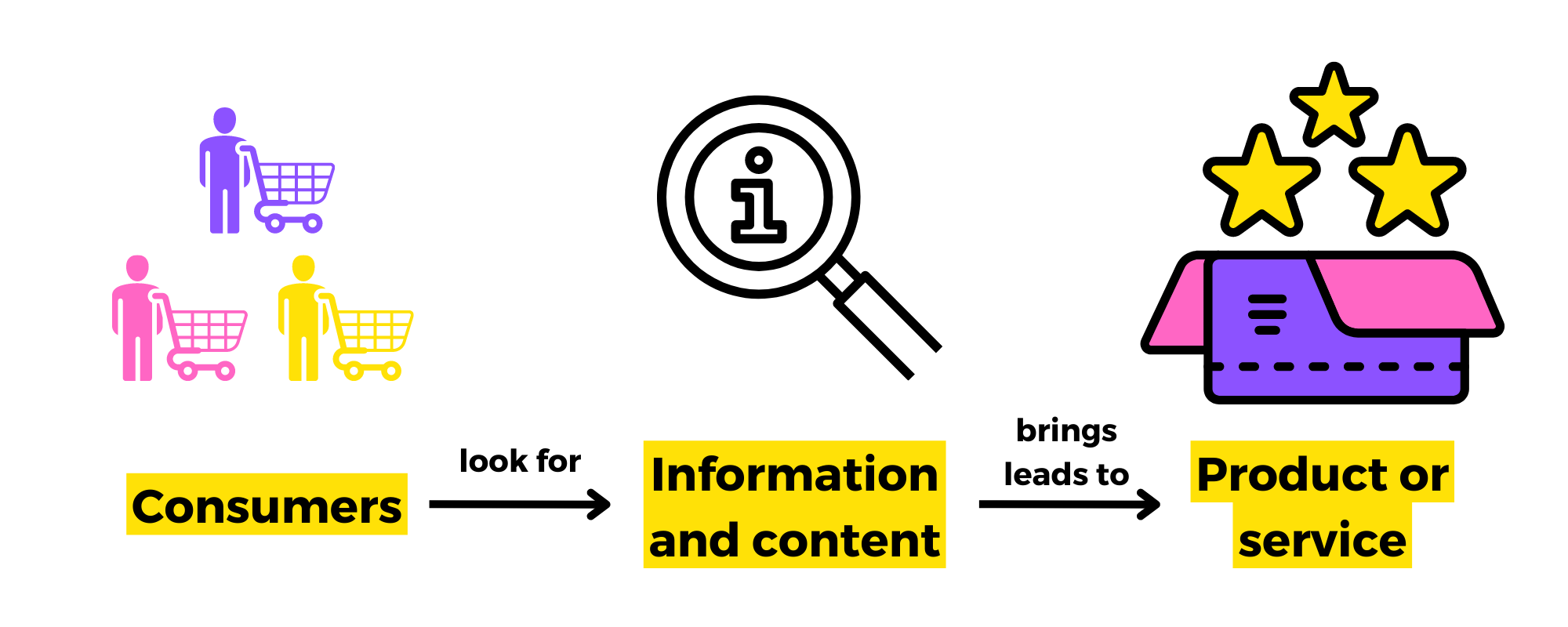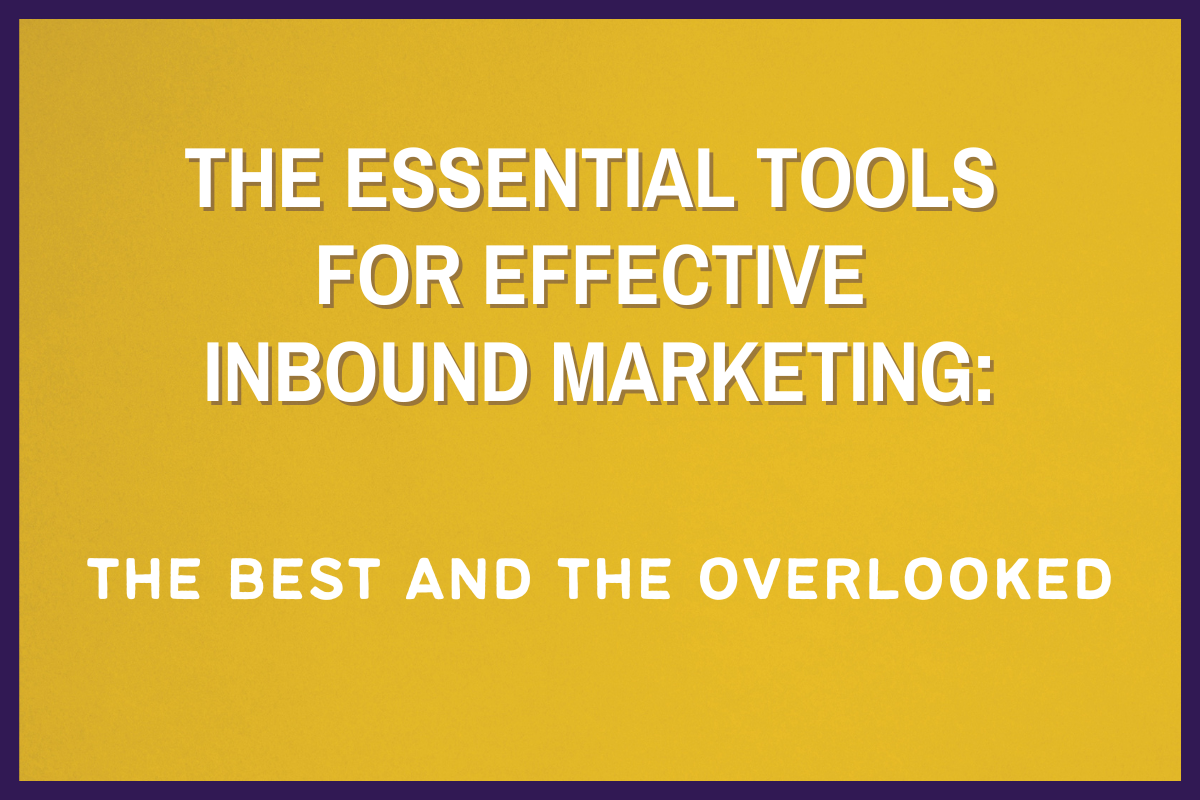
50 Tools for Effective Inbound Marketing: The Best and the Overlooked
CATEGORIES
Tags
24/7 analytics australia automation Business Process Outsourcing company Copywriting CRM customer support data data and analytics Delegate digital digital advertising digital marketing Digital Support Staff ecommerce Email Management Email Marketing Entrepreneur Freelance Writers google ads graphic design Hiring Freelancers Marketing offshore offshoring ominchannel support organizer outsource Outsourcing Philippines Project management reporting seo seo audit Shopify Small Business social media Social media experts social media management United States video Virtual Assistant Virtual Team
Inbound marketing is now king. Most small businesses already implement it religiously: SEO, blogging, and social media marketing. They’re all part of an inbound strategy, and you may already be using inbound marketing tools. If not, here’s a roundup of the best and the obscure.
Inbound marketing by itself is not a tool– it’s a strategy. It’s something you do. It’s not a tool that you set up and leave to work by itself, like marketing automation tools.
Inbound marketing takes care of the top of your conversion funnel: attracting leads. It creates brand awareness and attracts new clients, and gives your audience exactly what answers they are searching for.
It’s the age of instant information gratification. If you don’t offer information, you’ll be left behind.
Consumers now consume content rather than ads. They research specs, pricing, and reviews. They share what they find. They compare and generate content of their own. When they do, can they link to something YOU created?
That’s what inbound marketing is. It attracts and generates leads through the valuable content you put out there.
Any marketing automation you put in place then moves the leads toward sales and conversion.
Yes, when you’ve done a good job with your inbound marketing, you CAN nurture leads in your sleep, but it takes time and more tools and work to turn those leads into sales.
What is Inbound Marketing?
Pardot has a succinct infographic about inbound marketing. View it here.
In summary, inbound marketing is about communication, not promotion, and providing valuable information, not discounts.
Your blog, social media, PR, SEO, webinars, and videos should all point toward and provide truly valuable content and a place where you and your target audience can communicate.
The result: brand awareness and customer loyalty. But these are bonuses, not the goals. Your goal is to provide what your customers want: information and entertainment.
As such, here are the realistic aspects of inbound marketing:
It’s not “instant” and “fuss-free” as some articles can make it seem.
- A well-written, well-researched blog post can take up to 5 hours to complete, and 2 blog posts a week are recommended for effective blogging.
- Social media takes a minimum of 6 hours every week.
- SEO is hugely responsible for effective inbound marketing at 57%, but it’s only 57% of inbound– you need to work on the rest.
- Even best-in-class inbound strategies take at least 12 months to show results.
- It’s cheaper, yes, but not free. You’ll want to pay good writers, designers, web developers, and SEO and social media specialists if you want to come out on top.
But these tools and platforms do make the job easier, saving you time and effort by keeping you on target.
SEO, Research, and Analytics

Accounting for more than half of the entirety of inbound marketing, SEO moves the cogs of your inbound marketing. It’s how you’re found. It needs not just keyword strategy but audience and competitor intelligence.
These tools help you Identify what your audience already reads, what you can offer them according to that, and what your website should improve upon, by suggesting/providing keyword campaigns, tracking traffic, and social analytics.
The tools:
Lead Collection

Now that SEO has worked to lead your audience to you, next, you turn them into leads.
96% of website visitors aren’t ready to buy, and 70% won’t return to your website. So create content they’d sign up for: You don’t lose them and they don’t feel like they’re giving you their email. They’re receiving something good instead.
Your potential customers want information. Give it to them. Publish blogs, and then offer them something awesome in exchange for signups. Good content upgrades increase opt-ins from 30% to 62%.
The tools:
Blogging

Blogging has only become more powerful. 90% of the information in the world today was created in the last two years. Some might say that more and more people prefer images and videos, but a blog post, short or long, still scores high in SEO and traffic.
Depending on your niche, people want content they can sink their teeth into. Plan it carefully, and execute it with flair — with visual content.
The tools:
- Google Keyword Planner
- Hubspot’s Blog Topic Generator
- WordPress
- Hemingway App
- Grammarly
- Yoast SEO
- Co-Schedule Headline Analyzer
- Feedly
Images and Videos

You can’t do inbound marketing without creating images and videos. Not for branding, although visual content delivers huge on that, for value delivery.
According to Quicksprout and Hubspot:
- 40% of people have a better reception for visual information than text.
- The brain processes visual information 60,000x faster than text.
- 63% of social media is composed of images.
- Instagram now has over 500 million active users and Youtube is second only to Google as a search engine!
- 50% of internet users repost/share images/videos they find online
You need images and videos, infographics, slides, screenshots, visualized quotes, and collaged images for pinnable, tweetable content.
Quicksprout has an infographic about videos here.
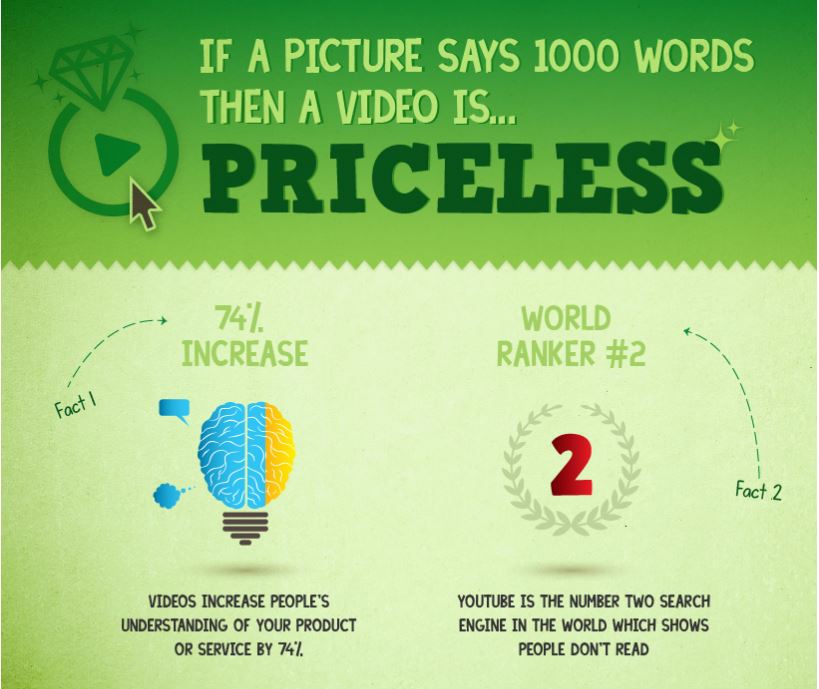 Quicksprout Infographic: A Video is Priceless
Quicksprout Infographic: A Video is Priceless
The tools:
- Canva
- Slideshare
- Compressor.io
- Piktochart
- Venn.gage
- Infogr.am
- Recite
- Awesome Screenshot
- Fotor
- PhotoGrid
- Pixlr
Social Media
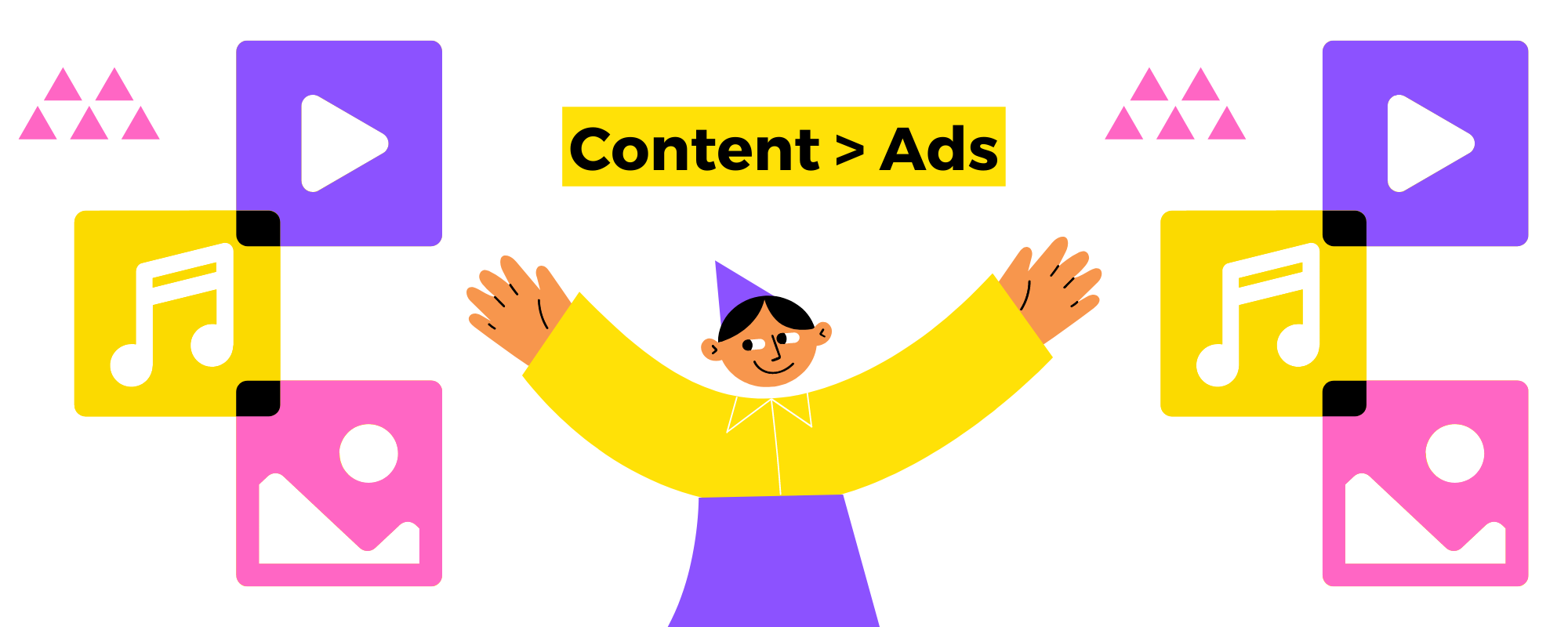
The internet has 3.17 billion users, and 2.3 billion active social media users. It’s not surprising that 91% of retail brands use 2 or more social media channels. 80% of marketers report that social media has increased website traffic for their businesses.
Blog, create irresistible headlines and captions, memorable images, and thought-provoking posts. Share them on social media, or create exclusive versions for a platform. Discover and be the first to share useful content. Always respond, and always be present.
The tools:
- Hootsuite
- Buffer
- Edgar
- InkyBee
- IFTTT
- Kingsumo Headlines
- PostPlanner
- Tagboard
- Followerwonk
- SproutSocial
Webinars
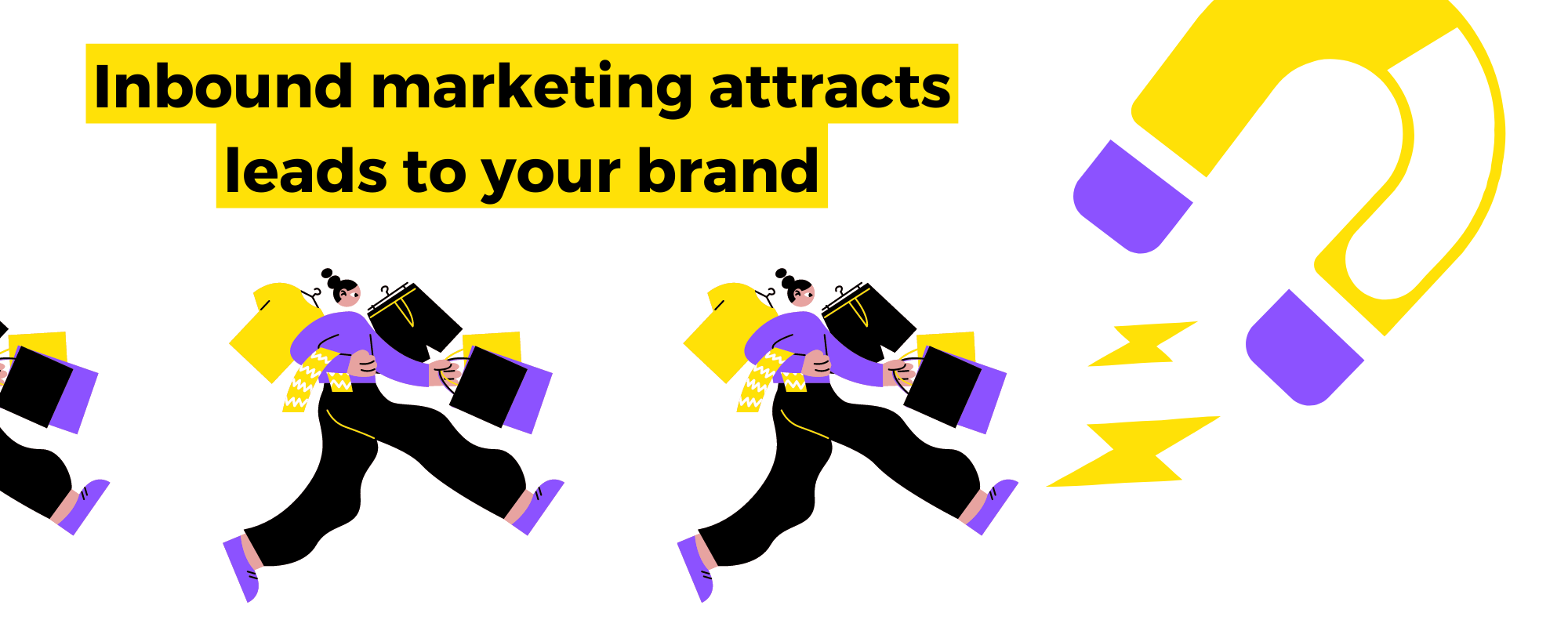
Webinars give you that much more clout in your inbound marketing. Kissmetrics reports a 22% conversion rate from the people who attended their webinars. Buzzsumo has 20% who turned into paid customers.
People like seeing you talking to them AND listening to them and answering their questions. Live events also add a sense of urgency to your “free stuff.” After the event, share your videos as content upgrades or downloadables — again getting you leads.
The tools:
Organization
As you’ve seen above, inbound marketing has so many aspects. You can concentrate on one or the other, but you need a team in place and a workflow set up for the smooth transition of tasks from one team to another, and to let everyone know who’s doing what, and where each task or campaign has gone.
The tools:
Similar to marketing automation tools, inbound marketing needs a strategy.
That strategy becomes easier when you create one from the “benefit” mindset: what benefit would each campaign provide for your customers?
Would YOU sign up for your newsletter because of what you offer?
Would YOU be thrilled with the content you’re giving away for free?
Inbound leads cost 61% less than outbound marketing. It’s perfect for startups and SMBs.
You don’t need an all-in-one tool to handle your inbound marketing. As proven by the tools above, you can easily do inbound like a pro without paying much. All you need to invest is time and effort, and a little bit of money for quality work well done, by pros and specialists who already know the tools, how to use them, and what’s best to do for your niche and your audience.


